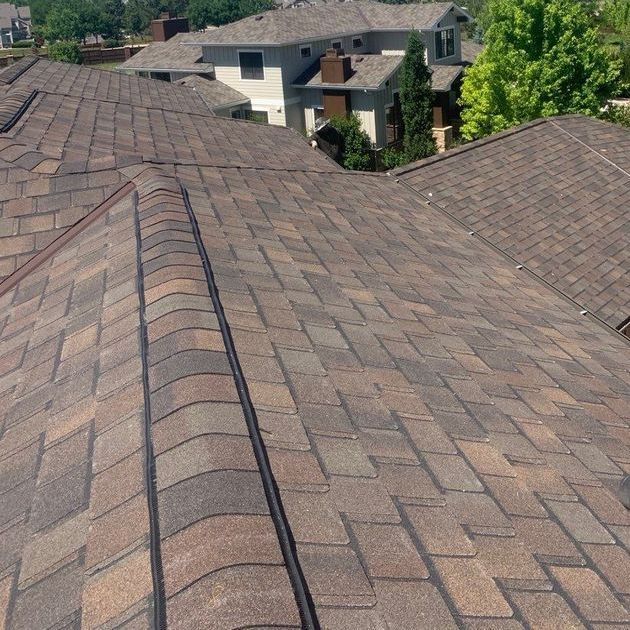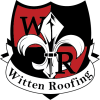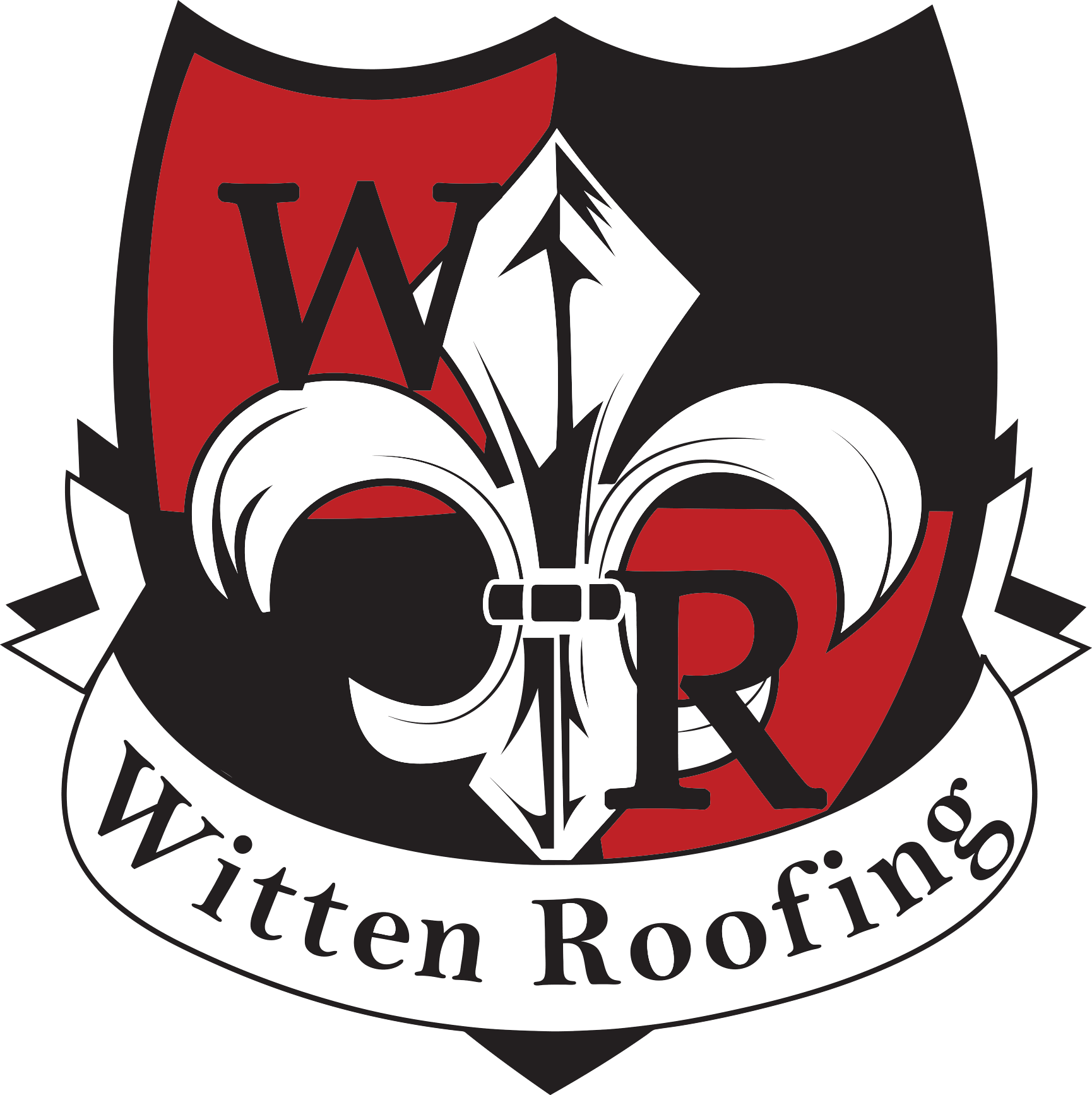Chicago homeowners know one thing for certain: the weather here is unpredictable. Between frigid winters with heavy snowfall, humid summers, lake-effect storms, and the constant freeze-thaw cycles, roofs in the Chicagoland area face unique stress year-round. While many homeowners focus on shingles, flashing, or gutters, one often-overlooked factor has an enormous impact on roof performance and lifespan: roof ventilation.
In this guide, we’ll break down why roof ventilation is so critical in Chicago’s seasonal climate, the problems caused by poor ventilation, and how the right system can protect your home, save you money, and extend the life of your roof.
What Is Roof Ventilation?
Roof ventilation is the system of intake and exhaust vents that allow air to circulate through your attic and roofing system. Proper ventilation creates a continuous flow of air that helps regulate temperature and moisture levels inside your home.
A well-designed system usually includes:
- Soffit vents (intake): Allow fresh air to enter at the lowest part of the roof.
- Ridge vents (exhaust): Release hot or humid air at the highest point of the roof.
- Gable vents or attic fans: Sometimes added to boost airflow.
Without balanced ventilation, your attic essentially becomes a sealed box where heat and moisture build up — a recipe for costly roof damage in Chicago’s climate extremes.
Why Roof Ventilation Matters in Chicago
Chicago experiences all four seasons — and each one presents a challenge for your roof. Here’s how roof ventilation plays a role year-round:
1. Winter: Ice Dam Prevention
In Chicago’s harsh winters, snow and ice are common. When warm air from your home rises into the attic, it melts snow on the roof. The water runs down and refreezes at the edges, forming ice dams that back up under shingles and cause leaks.
Proper roof ventilation keeps attic temperatures closer to the outside, reducing snowmelt and minimizing the risk of ice dams.
2. Spring: Moisture and Mold Control
Spring brings heavy rains and fluctuating temperatures. Without ventilation, moisture trapped in the attic leads to mold, mildew, and wood rot. This not only damages the roof deck but can also create health risks for your family.
3. Summer: Heat Reduction and Energy Savings
Chicago summers can get hot and humid, and an unventilated attic can reach 150°F or more. That heat radiates into your living spaces, forcing your air conditioner to work harder. Ventilation releases hot air, helping keep cooling costs down.
4. Fall: Transition Season Protection
As temperatures swing during fall, proper airflow prevents condensation buildup inside the attic. This protects insulation, rafters, and shingles from early deterioration before winter arrives.
Signs of Poor Roof Ventilation in Chicago Homes
Not sure if your home’s ventilation is up to par? Watch for these warning signs:
- Ice dams forming along the roof edges in winter
- Uneven roof temperatures or “hot spots”
- Excessive attic heat during summer
- Mold or mildew growth in the attic
- Warped roof decking or sagging plywood
- Higher-than-normal energy bills
- Peeling paint or moisture stains on ceilings and walls
If you’ve noticed any of these issues, your ventilation system may need improvement.
The Long-Term Benefits of Proper Roof Ventilation
For Chicagoland homeowners, investing in proper ventilation is one of the smartest roofing decisions you can make. Benefits include:
- Extended Roof Lifespan: Prevents premature shingle deterioration caused by heat and moisture.
- Energy Efficiency: Reduces cooling costs during hot summers.
- Moisture Protection: Keeps insulation dry and prevents structural wood damage.
- Indoor Comfort: Creates more consistent temperatures inside your home.
- Fewer Repairs: Helps prevent ice dams, leaks, and mold issues.
- Better ROI: Roof replacements last longer when paired with proper ventilation.
Types of Roof Ventilation Systems for Chicago Homes
Not every home has the same ventilation needs. Depending on roof design and attic size, different solutions may work best:
- Ridge Vents with Soffit Vents (Most Common): Continuous airflow from eaves to ridge.
- Box Vents: Installed near the roof peak, often used when ridge vents aren’t possible.
- Gable Vents: Installed on exterior walls to allow airflow through attic space.
- Powered Attic Fans: Electrically driven, used to boost ventilation in large attics.
- Turbine Vents: Wind-powered, less common but effective in windy regions.
A professional roofing contractor can evaluate your home’s attic, insulation, and roof design to recommend the right system.
Roof Ventilation and Local Building Codes in Chicago
Many Chicagoland suburbs have specific building code requirements for attic ventilation. A common rule of thumb is 1 square foot of vent area for every 300 square feet of attic floor space (when intake and exhaust are balanced).
Because local codes can vary, it’s important to work with a contractor familiar with Chicago roofing regulations to ensure compliance.
How to Improve Your Roof Ventilation
If your home lacks proper ventilation, here’s how to address it:
- Inspection: Have a roofing professional check your attic and current vent setup.
- Upgrade Intake/Exhaust Balance: Ensure soffit vents and ridge vents work together.
- Seal Air Leaks: Prevent conditioned air from escaping into the attic.
- Add Insulation: Helps maintain stable attic temperatures alongside ventilation.
- Replace Old Vents: Upgrade outdated vents with modern, efficient designs.
Final Thoughts
Chicago’s ever-changing weather can be brutal on your roof. Without proper ventilation, your home is at higher risk for ice dams, moisture damage, mold, and energy loss. The good news? With the right system in place, you can protect your investment, improve energy efficiency, and keep your home comfortable year-round.
If you’re unsure about your roof’s ventilation, the best step is to schedule a professional inspection. A knowledgeable local roofer can identify issues, recommend improvements, and ensure your home is ready for the next Chicago winter — and every season after.
FAQ: Roof Ventilation in Chicago
Q:
How do I know if my roof has enough ventilation?
A:
A roofing contractor can measure vent space and airflow. Common signs of poor ventilation include ice dams, attic mold, and high summer attic temperatures.
Q:
Will adding ventilation reduce my energy bills?
A:
Yes. Proper ventilation lowers attic heat in summer, which reduces strain on your air conditioner and lowers cooling costs.
Q:
Can I add ventilation to an existing roof?
A:
In most cases, yes. Contractors can add soffit vents, ridge vents, or other systems without requiring a full roof replacement.
Q:
How much does roof ventilation cost in Chicago?
A:
Costs vary depending on the system, but adding ventilation during a roof replacement is usually the most cost-effective option.
Q:
Is roof ventilation required by Chicago building codes?
A:
Yes. Most Chicago-area codes require balanced attic ventilation. Exact requirements vary by municipality, so always confirm with a local roofing professional.





